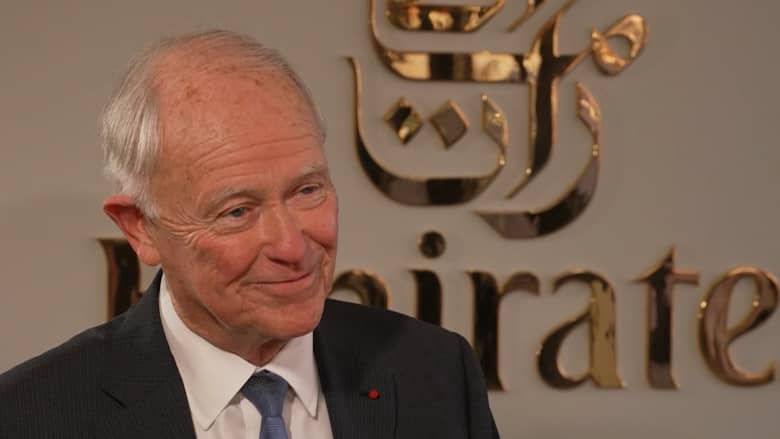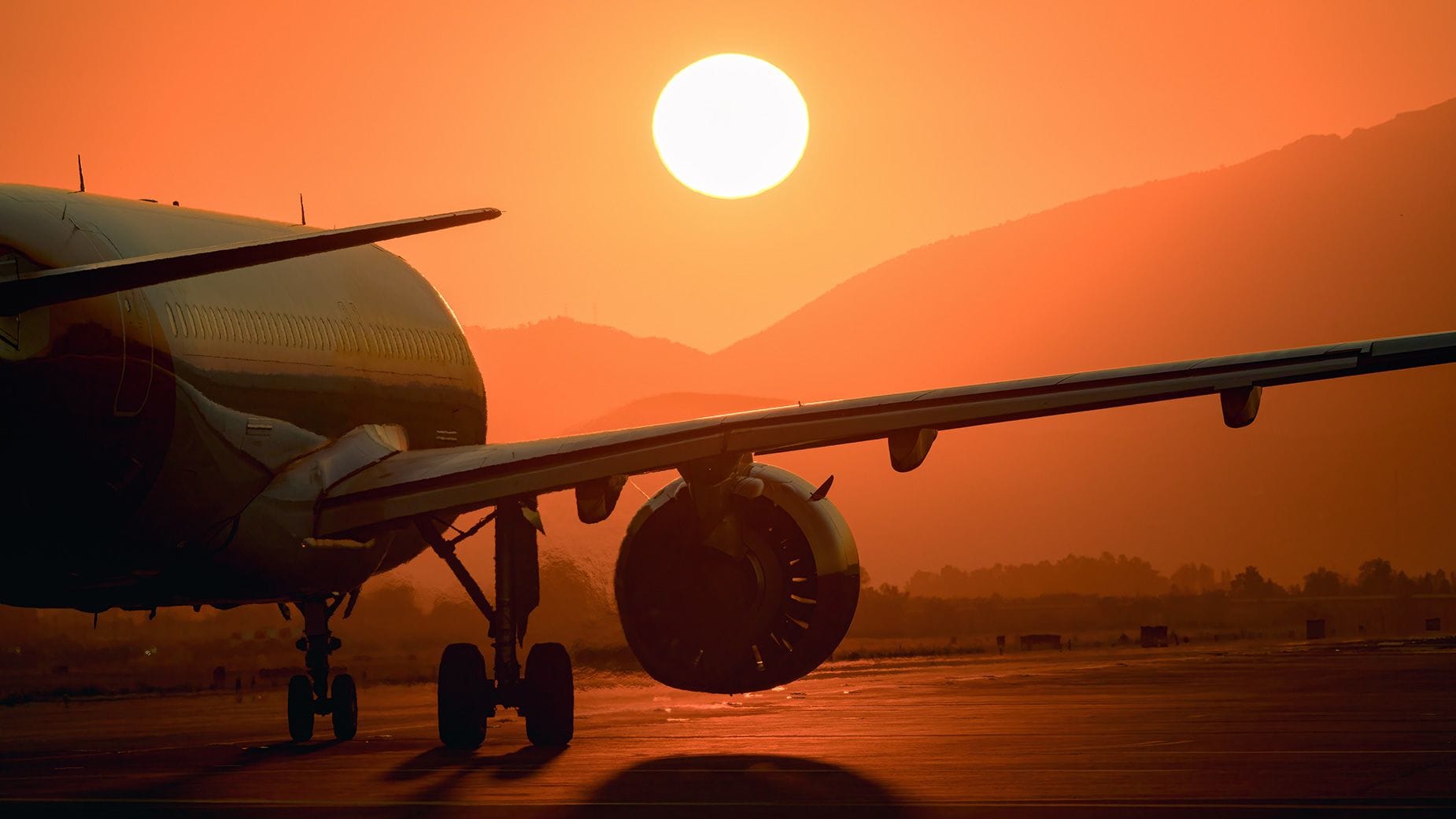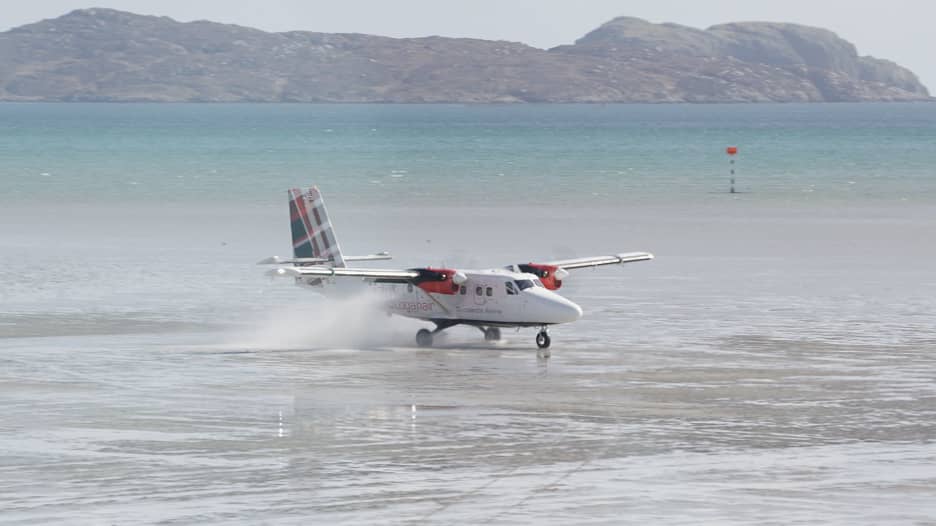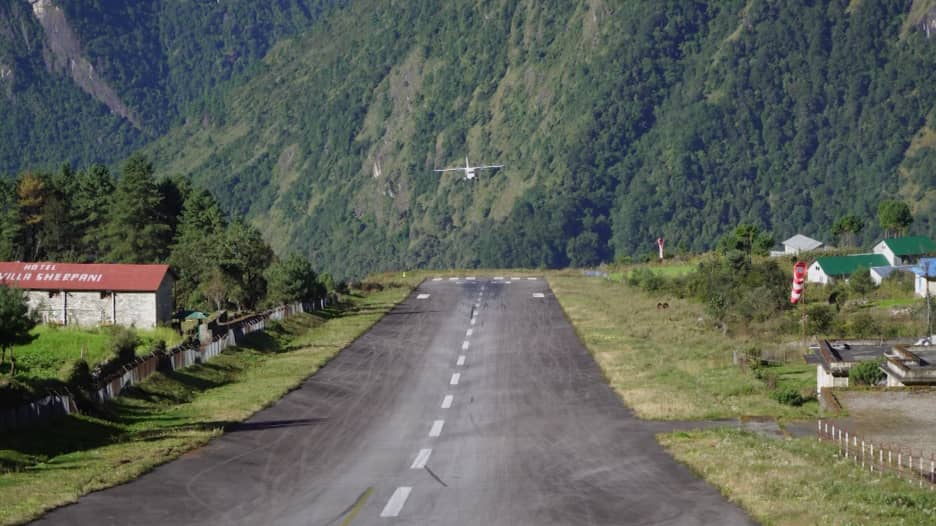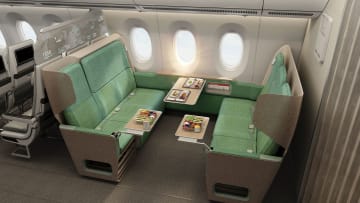دبي، الإمارات العربية المتحدة (CNN)-- ركوب مقصورة طائرة شديدة الحرارة في يوم صيفي ليس الجزء المفضل لأي شخص أثناء السفر، ولكن مع زيادة حركة الطيران، ما يولد ازدحامًا يؤخّر الطائرات على المدرج لفترةٍ أطول، واستمرار تحطيم الأرقام القياسية العالمية لدرجات الحرارة، يمكن أن يصبح ارتفاع حرارة مقصورات الطائرات بشكلٍ مفرط مشكلة.
ولا يوجد حاليًا معيار تنظيمي لدرجة حرارة المقصورات أثناء الصعود على متن الطائرات، ولكن منذ عام 2018، دعت جمعية مضيفي الطيران (AFA)، وهي مجموعة أمريكية، وأكبر نقابة لمضيفي الطيران في العالم إلى تحديد معيار في الولايات المتحدة، إذ تتعامل كل شركة طيران مع المشكلة بطريقتها الخاصة في البلاد.
وفي يوليو/تموز من عام 2023 في مدينة لاس فيغاس، أثناء الصيف الأكثر سخونة على الإطلاق، وفقًا لوكالة "ناسا" الفضائية، كان على خدمات الطوارئ رعاية راكب واحد على الأقل على متن رحلة تابعة لشركة "يونايتد" متجهة إلى أتلانتا، إذ أنّها بقيت على المدرج لساعات بسبب التأخير.
ووصلت درجة الحرارة الخارجية إلى 115 درجة فهرنهايت (46 درجة مئوية)، وأُلغيت الرحلة في النهاية.
وقالت رئيسة "AFA"، سارة نيلسون: "كان هناك العديد من الأشخاص الذين اضطروا للذهاب إلى المستشفى بسبب ارتفاع درجة الحرارة للحصول على الرعاية الطبية".
وقد تشكّل هذه الحادثة لمحة عمّا هو قادم في المستقبل.
درجات حرارة تصل إلى 30 درجة مئوية
وفقًا لمتحدث باسم "AFA"، تشمل شركات الطيران الأمريكية التي تتمتع بسياسات تتماشى إلى حدٍ ما مع الحد الفيدرالي المقترح من قِبَل النقابة خطوط "سبيريت"، و"هاواي".
وتوصي الشركتان المضيفين بعدم السماح للركاب بالصعود على متن الطائرة في حال كانت درجة حرارة المقصورة أعلى من 85 درجة فهرنهايت (29 درجة مئوية)، ويمتد هذا الحد إلى 90 درجة فهرنهايت (32 درجة مئوية) وفقًا للنقابة.
وذكر المتحدث باسم "AFA" أنّ شركات الطيران الأخرى، مثل خطوط "ألاسكا"، و"يونايتد"، و"فرونتير"، لا تلتزم بدرجة حرارة محددة، وتترك الأمر لحُكم القبطان والطاقم.
ولم تقدم شركات الطيران هذه أي تفاصيل حول حدود درجات الحرارة ردًا لاستفسارات شبكة CNN.
ويكمن السبب وراء ارتفاع حرارة المقصورات على الأرض في عدم استطاعة المحركات تشغيل أنظمة تكييف الهواء الموجودة على متن الطائرة إلى أن تحلق المركبة في السماء.
ولا يزال من الممكن القيام بذلك عن طريق وِحدة الطاقة المساعدة (APU)، وهو محرك أصغر في ذيل الطائرة يهدف تحديدًا إلى تشغيل الأنظمة الكهربائية أثناء وجودها على الأرض، ولكنه يستهلك الوقود، ولهذا السبب تتجنبه معظم شركات الطيران.
إغلاق ستائر النوافذ في الطائرات
خط الدفاع الأول ضد الحرارة أثناء بقاء الطائرة في المدرج هو محاولة منع ارتفاع درجة حرارة المقصورة بشكل مفرط من البداية، وفقًا لأستاذ علوم صيانة الطيران في جامعة "إمبري ريدل" للطيران، تشارلز هورنينغ.
وشرح هورنينغ: "سبق أن كان العديد منّا على متن رحلات جوية طلب خلالها المضيفون من جميع الركاب إغلاق الستائر المنزلقة قبل مغادرة من الطائرة. قد يكون هذا أفضل شيء يمكن القيام به لمحاولة منع ارتفاع درجة حرارة المقصورة".
تحقيق التوازن
يرى رئيس مؤسسة "Flight Safety Foundation"، حسن شهيدي، وهي منظمة دولية غير ربحية تناصر قضية سلامة الطيران، أنّ تنفيذ اللوائح والمعايير الدولية لدرجات حرارة المقصورات يجب أن يأخذ العديد من القضايا في عين الاعتبار.
وشرح شهيدي: "يجب على شركات الطيران تحقيق التوازن بين كفاءة استهلاك الوقود، وانبعاثات الغازات الدفيئة، والقيود التكنولوجية لأنظمة تبريد الطائرات الحالية".
كما أضاف: "قد يكون وضع معيار مُوحَّد لدرجة الحرارة أمرًا معقدًا بسبب اختلاف المناخ في المطارات المختلفة، وتنوع طراز الطائرات المُستخدمة".
وأشار شهيدي إلى أنّ تشغيل وحدات "APU"عندما تكون الطائرات على الأرض قد يكون مقيدًا باللوائح البيئية في مناطق مختلفة حول العالم.
ومن ثم قال: "نحث أصحاب المصلحة في الصناعة على مشاركة البيانات حول الأحداث المتعلقة بدرجة حرارة المقصورات، وأفضل الممارسات التي يستخدمونها لإبقاء درجات الحرارة منخفضة. نحن نؤيد إجراء دراسة شاملة حول هذا الموضوع".
